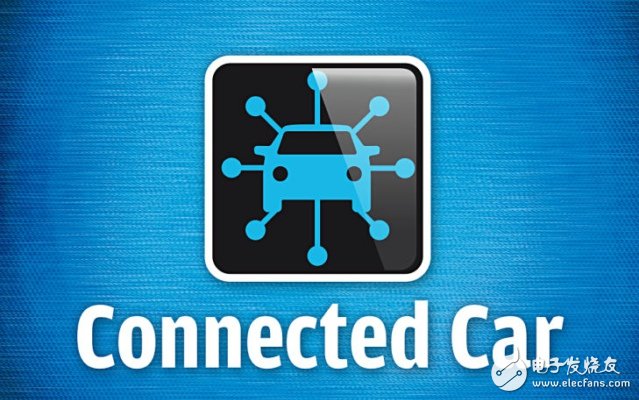The 2014 Consumer Electronics Show (CES) was held in Las Vegas (January 7-10, US time). Thilo Koslowski, vice president of international research and consultancy Gartner, said that the innovation of connected cars will create a new topic for this exhibition, and Koslowski also analyzes the impact and business opportunities brought by connected cars. Problem 1: Connected car technology transforms cars into the ultimate mobile device and turns users into connected drivers and connected passengers. What is the current state of development of the market? Gartner predicts that by 2016, most people in the mature market who buy the average car will expect the new car to provide at least basic global network information. But for advanced cars, this tipping point will appear in 2014. Gartner predicts that by the end of 2020, more than 80% of the new cars sold in the mature car market (such as the US) will be equipped with networking capabilities. Problem 2: Connected cars and new mobile solutions are driving car dealers and non-automotive manufacturers to actively explore new business opportunities in this area. What new applications can CES expect to see? Many vendors will continue to showcase their latest infotainment solutions, as well as innovative user interfaces that combine various vehicle sensing devices with design advantages that are not available in other mobile consumer electronics products. Koslowski expects the latest developments in self-driving vehicles and the speed of data transmission will once again become a topic of discussion. The cars of the future will be cooler and more creative than smartphones, so that drivers and passengers will be immersed in an intoxicating experience. They will never ask, “Are we going to the destination?†In addition, not only car dealers will launch New connected car products, technology manufacturers of all sizes are expected to invest more energy and interest in the fastest growing networked device platform. Question 3: What kind of car networking function do consumers want? What consumers want today is a specific and improved function that drives and holds the experience. What they want is not to browse the web in the car, but to get the network information of the clip, that is, to provide the right amount of information at the right time. Koslowski believes that before the auto-driving car really came out, consumers wanted practical information and apps that would provide entertainment and help find parking spaces to save time and fuel consumption. They want to know where their friends and family are, not to socialize on Facebook and Twitter. In addition, consumers also hope that car dealers can provide personalized and up-to-date software and application updates wirelessly. Problem 4: When the main focus shifts from superior mechanical engineering to connected car-related innovation, IT and its role in creating new benefits for consumers and businesses will become critical. Where will IT investments focus? IT investments in the era of automotive networking will touch on all aspects of content creation, sharing and consumption. This means that technology will enable the automotive industry to introduce consumers' digital life into cars and turn vehicles into intelligent mobile nodes that not only communicate with each other but also with the infrastructure. IT is gradually becoming a core element of automotive product innovation, and its importance will eventually go hand in hand with steel and design. For the automotive industry, it means that product and brand value must be re-created with the new space of IT and connected cars. Of course, the automotive industry will also have to strike a balance between value and consumer fear. For example, Koslowski pointed out that data mining and analysis of connected cars must focus on providing real value without exceeding the “creepy boundariesâ€. That is to say, huge data analysis must focus on producing conclusions that are useful to consumers without causing fear of driving behavior tracking, as well as small data analysis. For example, assisting in finding a restaurant of this type based on a consumer's preferred cuisine can provide real value without invading the consumer. Conversely, if a consumer sends a large amount of marketing information while traveling through a coffee shop, it deviates from the point. Question 5: What are the major business benefits and business opportunities that connected cars will bring to the automotive industry? Koslowski believes that the era of automotive networking will help the automotive industry redefine the value proposiTIon of the customer, and no longer realize all profit at the sales base when the consumer buys the car. Networking and the ability to talk to consumers on the go will bring a unique and truly focused audience that other industries want to enroll. This will enable the automotive industry to enter a business model of a cross-modal transportation solutions provider, offering a wide range of transportation solutions with long-term infotainment value. The key to this emerging business model is to work with other vendors that can build connected cars and smart mobile ecosystems. One day, car sales will become irrelevant to the overall situation, and will even be offered free of charge in exchange for a wireless network "lifetime" contract. This may be quite shocking for some consumers, but it may be good news for others. Ss Mirror Finished Pedal Dustbin Pedal Bin,Ss Mirror Finished Pedal Dustbin,Ss Foot Pedal Dustbin,Mirror Finished Pedal Dustbin NINGBO ZIXING ELECTRONIC CO.,LTD. , https://www.zixingautobin.com